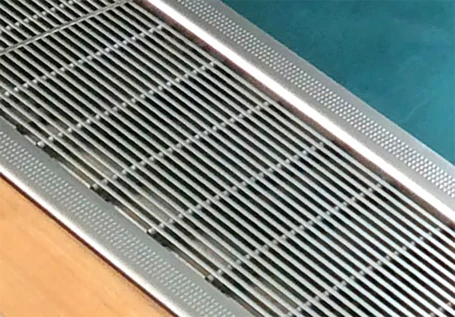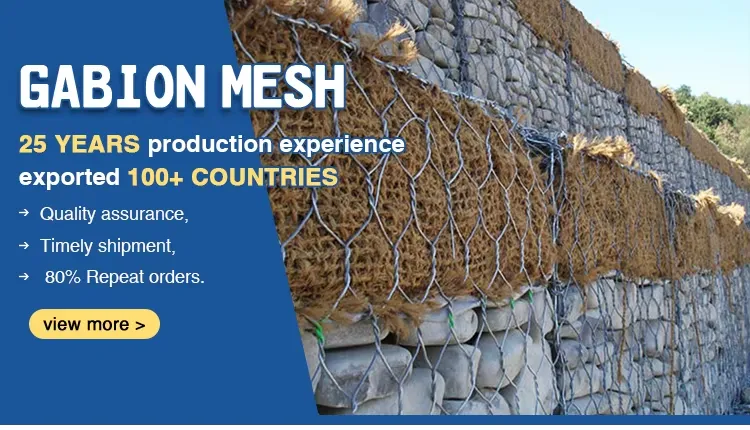Feb . 07, 2025 04:15 Back to list
Galvanized Steel Plaster Stop Bead Drywall External Corner Bead Protect Mesh


A lesser-known yet valuable option is the archway corner bead, tailored for non-standard shapes such as arches and alcoves. These beads are designed with segmented edges, providing flexibility and ease of installation when navigating complex curves. Often made from vinyl, archway corner beads maintain resilience and integrity, proving essential in creating consistently smooth outlines for unconventional designs. When selecting a corner bead, it is vital to consider the project's specific requirements. Factors such as environmental moisture, the likelihood of structural shifts, and aesthetic preferences should guide the decision. The choice of corner bead not only affects the durability and finish of the drywall installation but also its long-term maintenance and appeal. In terms of installation, expertise is key. Proper installation ensures that the corner bead functions as intended, reinforcing edges and preventing unsightly bulges or cracks. Installing metal corner beads typically involves nailing or stapling them to the drywall, followed by mudding to integrate them into the wall surface. Vinyl beads, on the other hand, can often be glued or adhered with a special adhesive for a secure fit. Mastery in application techniques, such as feathering the drywall mud, is essential in achieving a seamless result free of imperfections. Expert contractors often use a combination of corner bead types within a single project, leveraging the strengths of each type to optimize performance and aesthetics. By doing so, they can ensure that each part of a building meets its specific functional demands and looks cohesive. The importance of understanding corner beads lies beyond mere preference; it is an integral part of crafting durable, safe, and visually appealing spaces. With technological advancements, the range of available corner bead styles continues to grow, allowing for increasingly innovative applications. For professionals committed to quality and craftsmanship, a deep familiarity with the types and uses of corner beads is indispensable, reinforcing their role as trusted leaders in building excellence.
Latest News
-
Brick Mesh Wall Solutions | Enhanced by GPT-4 Turbo Design
NewsAug.01,2025
-
Premium Anti-Climb Fence Spikes for Sale
NewsAug.01,2025
-
Premium Peach Post Fence | Durable & Stylish Security
NewsJul.31,2025
-
Best Galvanized Grating Price - Durable Galvanized Steel Grating Solutions
NewsJul.30,2025
-
0.5-4.0mm Wire 2×2 4×4 8×8 Hot Dipped Galvanized Welded Mesh Roll
NewsJul.30,2025
-
Metal Fence Pickets for Sale – Durable Galvanized & Steel Options
NewsJul.29,2025
Our company owns has excellent CAD steel grating drawing designers, who can provide customers with perfect steel grating layout design and better meet customers' special requirements for products. We have been adhering to it the business tenet of "quality first, customer first", with high-quality products, reasonable prices, and the fastest delivery time, we wholeheartedly provide customers with a full range of services! Welcome new and old customers to cooperate sincerely and create brilliance together!
Contact Us
WELCOME TO OUR COMPANY!
Thank you for your interest in our services! If you have any questions or wousld like to book a service, please don’t hesitate to contact us. Our team is dedicated to providing you with the highest level of service and support, and we are committed to working with you to make your event a success.

Service Email

Service Phone
Product Center
Contact Us
- Phone: +86 +86 15733154345
- E-mail: sales@chengsenchina.com
- Address: B1213 GLOBAL CENTER, NO.226 ZHONGHUA NORTH STREET, SHIJIAHUANG, CHINA


























